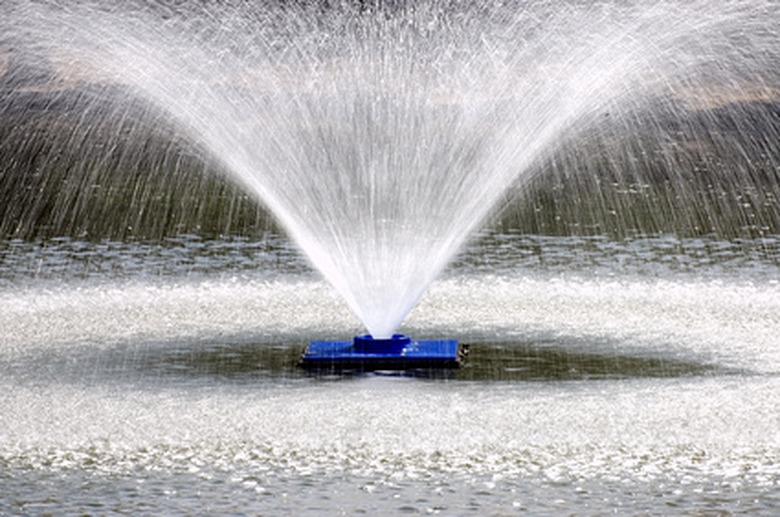How To Measure Water Pressure Without The Utility-Provided Gauge
Things Needed
-
Water hose
-
Outdoor water spigot
-
Pressure gauge or height-measuring method, depending on method selected
Tip
The typical residential water pressure is 30 to 50 pounds per square inch.
Warning
The density of water varies based on the temperature. While this calculation is based on room temperature of 40 to 60 degrees Fahrenheit, the conversion factor from water-feet to pounds per square inch differs at higher and lower temperatures.
Water pressure gauges attached to home water lines can malfunction. In an emergency or a disaster scenario, they may cease to function. Or perhaps you need a physics project based on the real world. Here are two methods for measuring home water pressure independent of the utility company's water pressure gauge.
Method 1
Step 1
Attach the water hose to the outdoor water spigot. Turn on the water spigot so water courses through the attached water hose.
Step 2
Raise the end of the garden hose as high as possible. Continue raising it until the water stops coming out.
Step 3
Measure that elevation from the water faucet. The elevation is the pressure in water-feet.
Step 4
Divide that elevation by 2.31. (The approximate conversion of water-feet to pounds per square inch of 2.31 comes from 144 square inches to a square foot divided by the density of water at 62.4 pounds per square foot. The result of this is 2.307692308, or a rounded-up 2.31. This converts the water-feet into pounds per square inch.) The result is the approximate water pressure.
Method 2
Step 1
Acquire a pressure gauge that screws onto a water faucet.
Step 2
Attach the pressure gauge to the water faucet.
Step 3
Turn on the water.
Step 4
Measure the reading on the attached pressure gauge.
